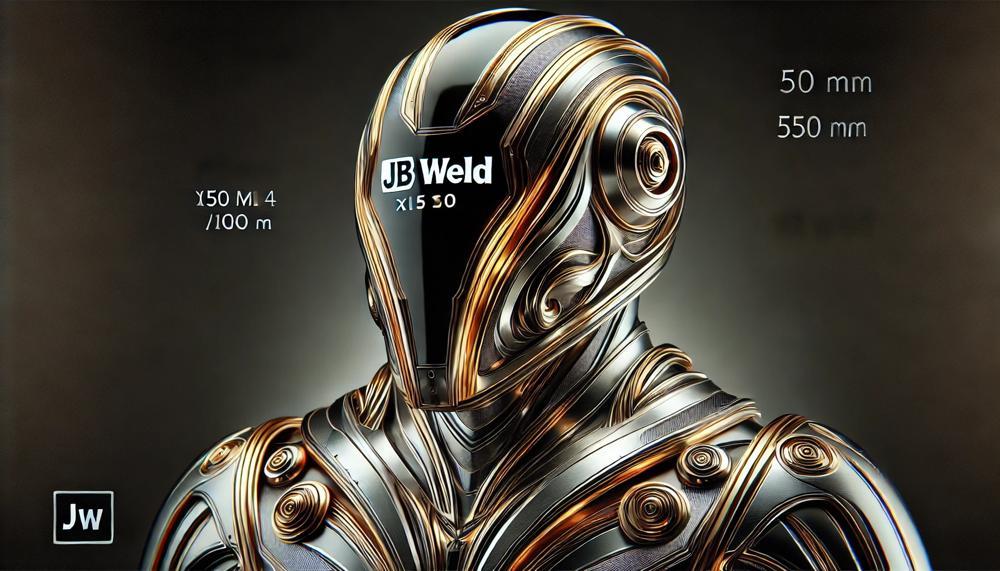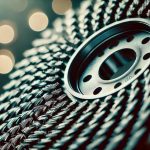When it comes to heavy-duty repairs, hobby projects, or professional applications, JB Weld has become a household name, promising to bond just about anything. But with great bonding power comes the great question: How long does JB Weld take to dry? In this article, we’re diving deep into the world of adhesives to unravel the mystery of JB Weld’s drying time.
Whether you’re a DIY enthusiast trying to fix a broken tool or a professional seeking a durable bond for a crucial project, understanding the curing process of JB Weld is key to achieving the best results.
Here are the main insights we’ll cover:
- Initial Set Time vs. Full Cure Time: JB Weld doesn’t just “dry”; it undergoes a chemical curing process, with an initial set time and a full cure time.
- Factors Influencing Drying Time: Temperature, humidity, and the thickness of the application all play pivotal roles in how quickly JB Weld cures.
- Practical Tips for Faster Curing: From controlling environmental conditions to applying the right amount, we’ll share expert advice on speeding up the process without compromising the bond’s integrity.
Stay tuned as we explore not just the timelines but the science behind them, ensuring that your next repair not only holds but lasts. Whether you’re in a hurry to get your project back on track or simply curious about what makes JB Weld a go-to adhesive, you’ll find valuable insights and practical advice in the following sections.
Contents
What does J-B Weld cure time mean?
J-B Weld cure time refers to the duration required for the adhesive to fully set and achieve its optimal strength and hardness. This period is crucial as it ensures the bonded materials are securely fastened, capable of bearing significant loads and stresses without failure. The cure time for J-B Weld is a pivotal factor in its application, affecting both the strength and durability of the bond it forms.
The essence of J-B Weld’s cure time lies in allowing the adhesive to undergo a complete chemical reaction, which solidifies the bond between the surfaces it is applied to. During this period, the adhesive transitions from a pliable state to a hardened state, enabling it to withstand various environmental conditions and mechanical forces.
Let’s dive deeper into how this cure time influences the bond’s characteristics:
| Aspect | Significance of Cure Time | Impact on Bond |
| Strength | Full cure time allows for maximum cross-linking between adhesive molecules. | Enhances the bond’s ability to handle heavy loads and resist shearing forces. |
| Durability | Proper curing ensures the adhesive is fully set, resistant to environmental factors. | Makes the bond more resilient to temperature fluctuations, moisture, and chemicals. |
| Flexibility | Allows adhesive to fully adapt to the bonded materials’ thermal expansion and contraction. | Prevents cracking or breaking under stress, maintaining the integrity of the bond. |
So, J-B Weld cure time is not just a waiting period but a critical phase that guarantees the adhesive delivers a strong, durable, and flexible bond. This makes it a trusted choice for repairs and projects where reliability is paramount.
JB Weld Cure Time Vs Temperature
Temperature plays a pivotal role in the curing time of JB Weld, significantly influencing the speed and efficiency of the bonding process.
The relationship between cure time and temperature is inversely proportional; as the temperature increases, the cure time decreases, and vice versa. Here’s a breakdown of how temperature variations can affect JB Weld’s curing time:
| Temperature Range (°F) | Estimated Cure Time | Notes |
| Below 50°F | Up to 24-30 hours | Significantly slower cure times; heating the area gently can improve curing speed. |
| 50°F to 70°F | 15-24 hours | Cure time is longer than at optimal conditions; gentle warmth can help. |
| 70°F to 80°F | 6-14 hours | Ideal conditions for a swift and strong cure. |
| Above 80°F | 4-6 hours | Faster curing; however, too high temperatures might compromise bond strength. |
At the core, JB Weld thrives in a temperate zone of 70°F to 80°F, finding a sweet spot for curing that balances time and bond integrity. Outside this range, patience or a bit of ingenuity with temperature management may be required.

In chillier climes, the adhesive takes its time, knitting together materials with a deliberation that ensures a robust bond. Conversely, the warmth hastens this dance of molecules, but a watchful eye must be kept to avoid weakening the union.
Applying warmth, such as with a hair dryer or lamp, can coax JB Weld to cure quicker in cooler temperatures, albeit without letting the heat touch upon extremes that might mar the bond. Yet, in the warmth of a summer’s day, one might find JB Weld sets rather briskly, making swift work of repairs.
Remember, whilst warmth accelerates curing, too much haste or too high heat could impair the final strength and finish of the bond.
Conclusion
In conclusion, JB Weld stands as a beacon of strength and reliability in the vast sea of adhesives, its curing time a testament to its durability and versatility. The journey from application to full cure is a dance influenced by temperature, humidity, and application thickness—a ballet where conditions must harmonize for the adhesive to reach its peak performance.
This article has illuminated the path from initial set to full cure, underlining the critical distinction between merely drying and truly curing. We’ve traversed the landscape of factors that affect curing time and offered sage advice for those looking to expedite the process without sacrificing the integrity of the bond.
Understanding that JB Weld doesn’t just dry but undergoes a significant chemical transformation is crucial. This process ensures that the adhesive not only adheres but forms a bond that’s strong, durable, and flexible under varying conditions. The optimal curing temperature, sitting between 70°F to 80°F, emerges as a golden mean, ensuring a swift yet strong cure. However, we’ve learned that with a touch of warmth or patience, JB Weld can adapt to less than ideal conditions, still promising a robust bond.
Armed with the knowledge of what influences JB Weld’s cure time and how to optimize it, your next project is set to be not just a repair but a lasting union of materials.





